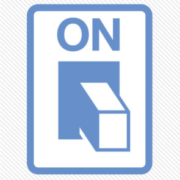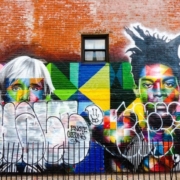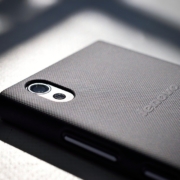Brand activation – wherever, whenever, however
Flash mobs, interactive billboards, neighbours’ days and a whole new world of online experiences through social networks. Brand activation is hot. Whether you’re Nike or Mercedes, no big brand avoid the battle for the hearts of consumers who hold loyally onto their chosen favourite brand. We’re talking about brand activation here. And it’s something we’re going to be talking about more and more in the future.
Table of Contents
From advertising to activation
Power to the people. According to Paul G. Alberts of Brand Base that’s the phrase that best sums up the change that’s taken place in marketing over the last 30 years. People have more choice than ever. They can not only buy products anywhere but compare different ones in minute detail. This requires a more intelligent way of communicating by companies. While traditional advertising may, in many cases, be enough to defend a market position it is no longer sufficient on its own to build growth. And that, after all, is the goal of marketing.
The successful marketer is now advertising less and activating more. The resources are there, the clients are there, the opportunities are there, the possibilities are there. And the good news is: more than 80% of today’s marketers are stuck in their ways and unwilling to change so there are plenty of openings for those with the balls to rise to the challenge.
Why brand activation?
With strong brand activation you can win new customers to your brand, tie them into the brand and create brand ambassadors who’ll spread the message further. Brand activations puts the focus on the very core of marketing: stimulating the buying process. There have been several recent developments which explain why this focus in now so important and why advertisers choose brand activation over traditional campaigns. Above all, it addresses the most important issues in marketing:
Information selection: People filter the communications they’re confronted with. Most are simply ignored.
- Relevance: Information is communicated at the time the message is most relevant to the shopper. In Holland, because most marketing messages re completely irrelevant to most people, Dutch people say that they are more annoyed by advertising than by senseless violence.
- Experiences: personal experience is a convincing method of proof. Other peoples’ experience too. Enabling a positive experience with a brand is the most powerful tool to activate people.
- Bring your brand to life
Brand activation is based on the core principle of marketing: sales lift you to a higher level. But how exactly do you ‘activate’ your brand?
Learn by experience
- Place your product in a relevant context, choose an experience that fits the core of the brand. Make sure that you are unique in that context.
- Create a strong creative concept and make sure all communications work together to strengthen the association.
- A brand activation platform is usually linked with an online presence. Interaction with the target audience is encouraged by email and through the Internet. Again, the aim is to let people experience your brand.
- Personal experiences are persuasive. Also the experiences of others. Active knowledge of a product is the most powerful instrument way to activate people. You need to build in space for this on your website.
Deliver proof
A brand activation program provides the proof of the claims made in your marketing. It makes it all real and true. Think of Red Bull and extreme sports. Or, in Holland, Amstel and BallenBar or Unox and the Nieuwjaarsduik – they have become inextricably linked. It’s increasingly difficult to grab attention these days for a brand message. The new way is to prove it. This makes the message credible and distinctive.
Brand activation = Interaction
New media have revolutionised communication: making interaction simple. Almost everyone is online. Now you just have to encourage them to interact. So when a consumer comes to your site out of their own free will comes from free will it’s a great opportunity to offer them an experience that will influence the buying process.
No brand, big or small, can do without brand activation
In order to move the relationship from ‘awareness of’ to ‘attachment to’ your brand, you need to demonstrate a genuine interest in your customer. Here is an opportunity especially for SMEs because small and medium sized operations can exploit their much more personal touch compared to the huge multinationals. Instead of a primetime TV commercial you can generate effective leads by organizing or sponsoring a relevant event.
Marqt, the Dutch supermarket known for its sustainable products, is a good example of how a company without a huge mass media budget can build a much loved brand. Small and medium-sized organizations need to invest in personal contact with their customers. Events and social media are tailor made for this. Talk to them, organize an exclusive event and use social media to promote it without losing that all important personal touch. That’s something money can’t buy!
Remember: “Brand = name + reputation” – Barbara Baarsel









